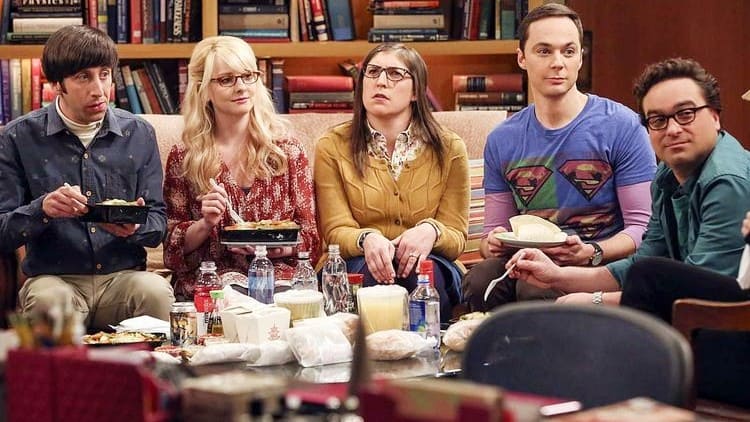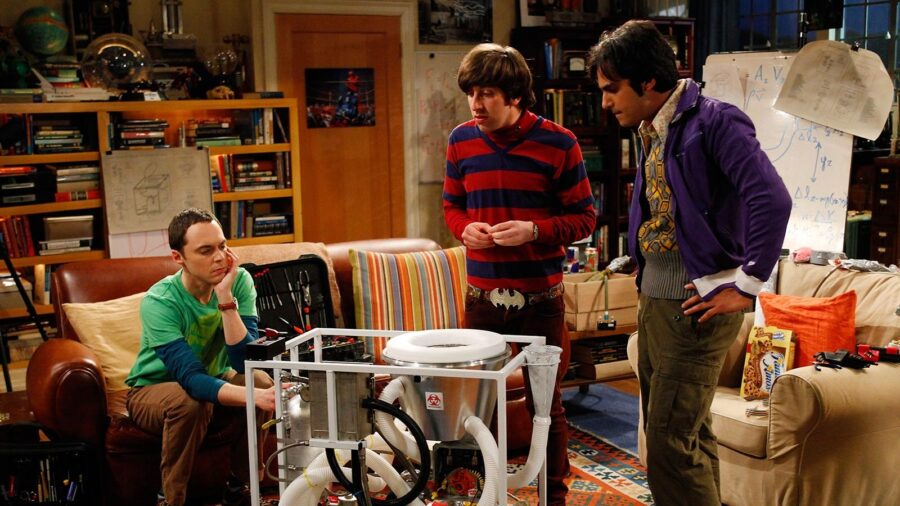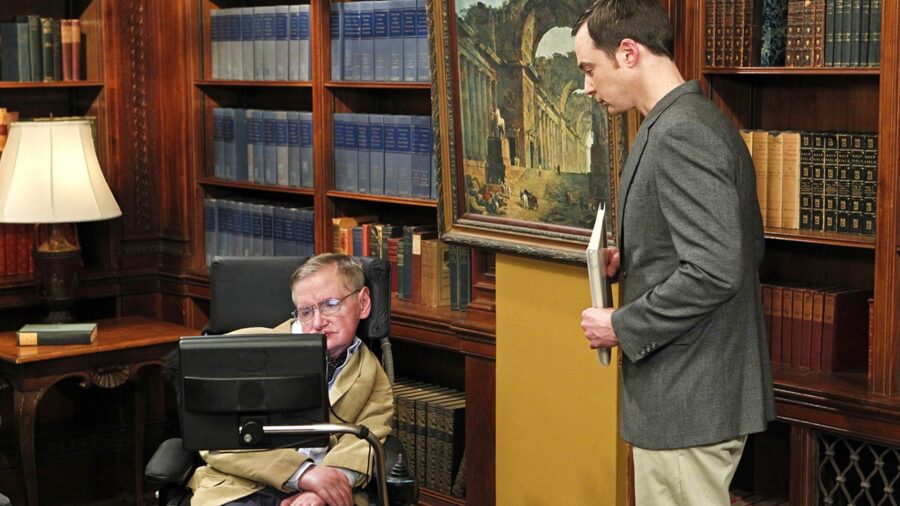How Accurate Is The Science In The Big Bang Theory?

Over its impressive 12-year run, The Big Bang Theory entertained viewers with its unique blend of humor and science. Along with its cast of endearingly quirky nerds, one of the show’s most commendable aspects was its accurate incorporation of real scientific theories and concepts like the Doppler Effect, black holes, and the Higgs Boson.
The accuracy of the scientific content in The Big Bang Theory is largely attributed to Dr. David Saltzberg, a physics professor at UCLA, who served as the science consultant for the show.
One of the most notable scientific aspects of the show was its title – The Big Bang Theory – which refers to the widely accepted hypothesis explaining the origin of the universe. According to this hypothesis, the universe began as a single point of infinite density and temperature. Approximately 13.8 billion years ago, this singularity rapidly expanded, which resulted in the formation of the universe.
The accuracy of the scientific content in The Big Bang Theory is largely attributed to Dr. David Saltzberg, a physics professor at UCLA, who served as the science consultant for the show. He ensured that the science mentioned in the episodes was accurate and even checked the equations written on the whiteboards.

The Hubble Law
In Season 1, Episode 2, “The Big Bran Hypothesis,” Sheldon and Leonard discuss the Hubble Law, which shows that distant objects are receding from us at a rate proportional to their distance, implying a history where everything was closer together. They mention that the law implies that everything in the universe was closer together in the past, which supports the Big Bang Theory.
The Doppler Effect
In Season 4, Episode 2, “The Cruciferous Vegetable Amplification,” Sheldon uses the Doppler Effect (which is the change in frequency of a wave in relation to an observer who is moving relative to the wave source) to help Penny understand why the sound of a train’s whistle changes as it approaches and then passes by.
Game Theory
In The Big Bang Theory, Season 10, Episode 13, “The Romance Recalibration,” Sheldon and Amy use the concept of game theory to try to determine the best course of action for their relationship. Game theory is a real mathematical framework used to analyze decision-making.
While these are just a few examples, The Big Bang Theory used an impressive array of scientific concepts, including superfluid vacuum theory, quantum entanglement, the observer effect, gravitational waves, and even the Drake equation, in every episode.
Where They Got It Wrong
Although these references to niche physics topics demonstrated the show’s commitment to promoting science to a broader audience, The Big Bang Theory wasn’t entirely immune to scientific criticism. Some astronomers and scientists pointed out instances where the series oversimplified complex scientific topics or misinterpreted groundbreaking discoveries.
For example, there was an episode where the characters claimed to discover a new subatomic particle that was already well-known to scientists. Such misrepresentations were arguably an inevitable trade-off to maintain comedic value while discussing serious scientific concepts.
Despite these minor missteps, The Big Bang Theory achieved a delicate balance between entertainment and education, successfully entertaining viewers with real scientific principles. The show also features several esteemed scientists in cameo roles, making it even more special for science enthusiasts.

Some of the noteworthy scientists who appeared in The Big Bang Theory include astrophysicist Neil deGrasse Tyson, Nobel Prize-winning physicist George Smoot, theoretical physicist Kip Thorne, chemical engineer Francis H. Arnold, and the legendary theoretical physicist Stephen Hawking, who had a recurring role.
Alongside its scientific concepts, The Big Bang Theory introduced us to a delightful cast of characters brought to life by talented actors. From Jim Parsons’ iconic portrayal of the unfiltered but brilliant Sheldon Cooper to Johnny Galecki’s awkwardly sensible Leonard Hofstadter, and Kaley Cuoco’s bright and bubbly Penny, each character left an indelible mark on viewers’ hearts.
Not to be forgotten are the contributions of Simon Helberg as Howard Wolowitz, Kunal Nayyar as Raj Koothrappali, Melissa Rauch as Bernadette Rostenkowski-Wolowitz, and Mayim Bialik as Amy Farrah Fowler. Together, this talented ensemble brought joy, laughter, and a genuine appreciation for science to millions of fans worldwide.












